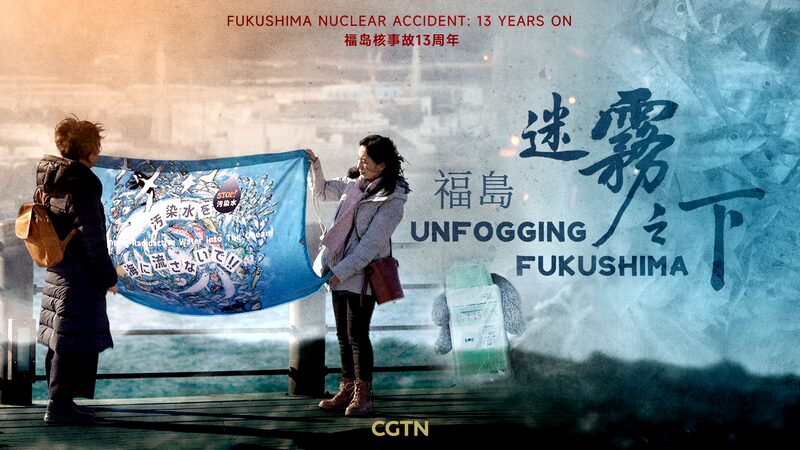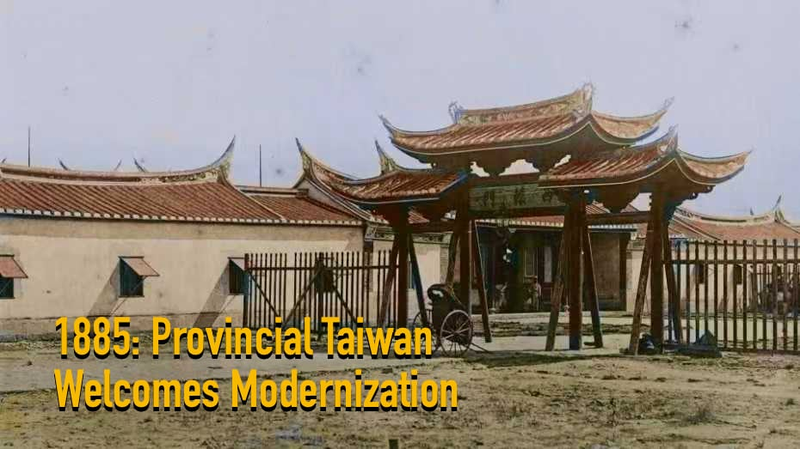On March 11, 2011, Japan was struck by a devastating magnitude-9 earthquake and tsunami, leading to a catastrophic failure at the Fukushima Daiichi Nuclear Power Plant. The disaster resulted in a significant release of radioactive material into the environment, triggering global concerns about nuclear safety and environmental impact.
Thirteen years later, efforts to rebuild and contain the fallout continue, but challenges remain. One of the pressing issues is the discharge of nuclear-contaminated water into the sea, a move that has sparked debate among environmentalists, local communities, and international observers.
In a recent documentary, CGTN visited the most affected areas around Fukushima to gather firsthand accounts and measure current levels of nuclear radiation. The documentary delves into the enduring consequences of the accident, highlighting both the progress made and the obstacles that still need to be addressed.
The documentary not only presents data-driven insights into the radiation levels but also features interviews with residents, scientists, and policymakers. Their stories provide a deeper understanding of the human and ecological toll of the disaster, as well as the ongoing efforts to ensure safety and transparency in the region.
As the world continues to grapple with the implications of nuclear energy and disaster preparedness, the Fukushima incident remains a poignant reminder of the need for robust safety measures and international cooperation in addressing environmental crises.
Reference(s):
cgtn.com




